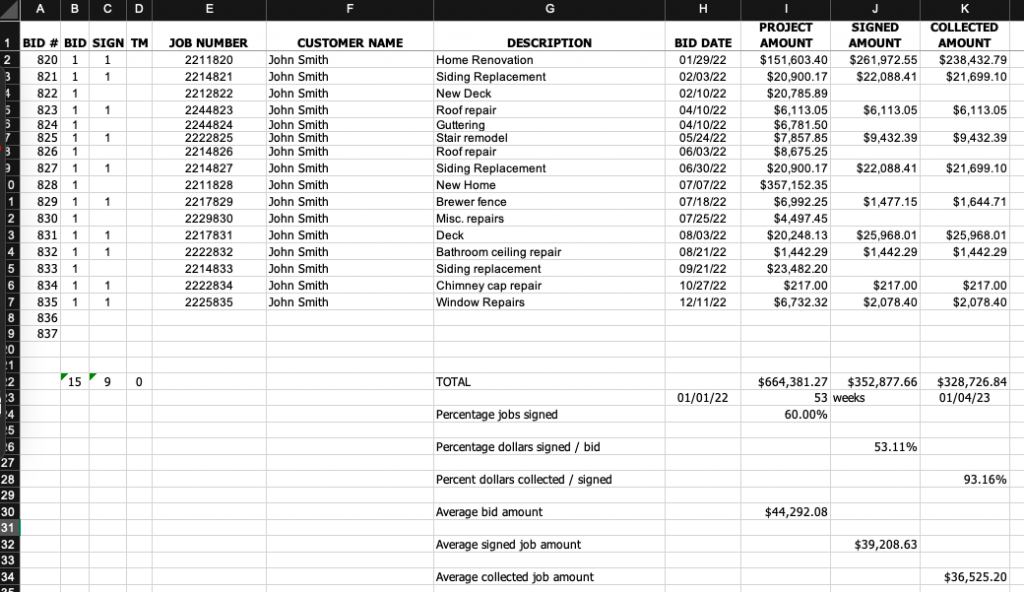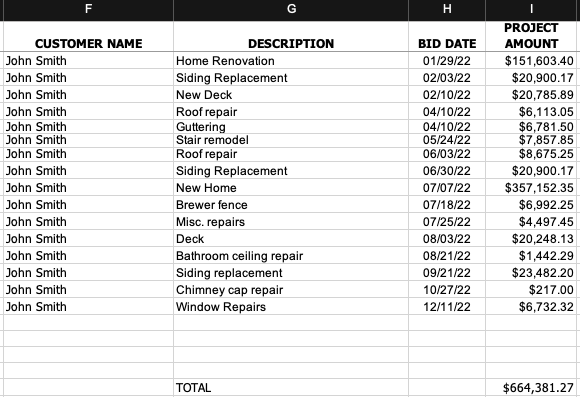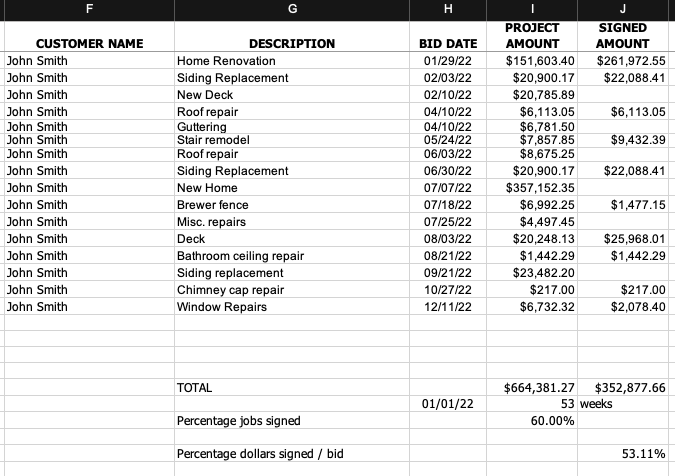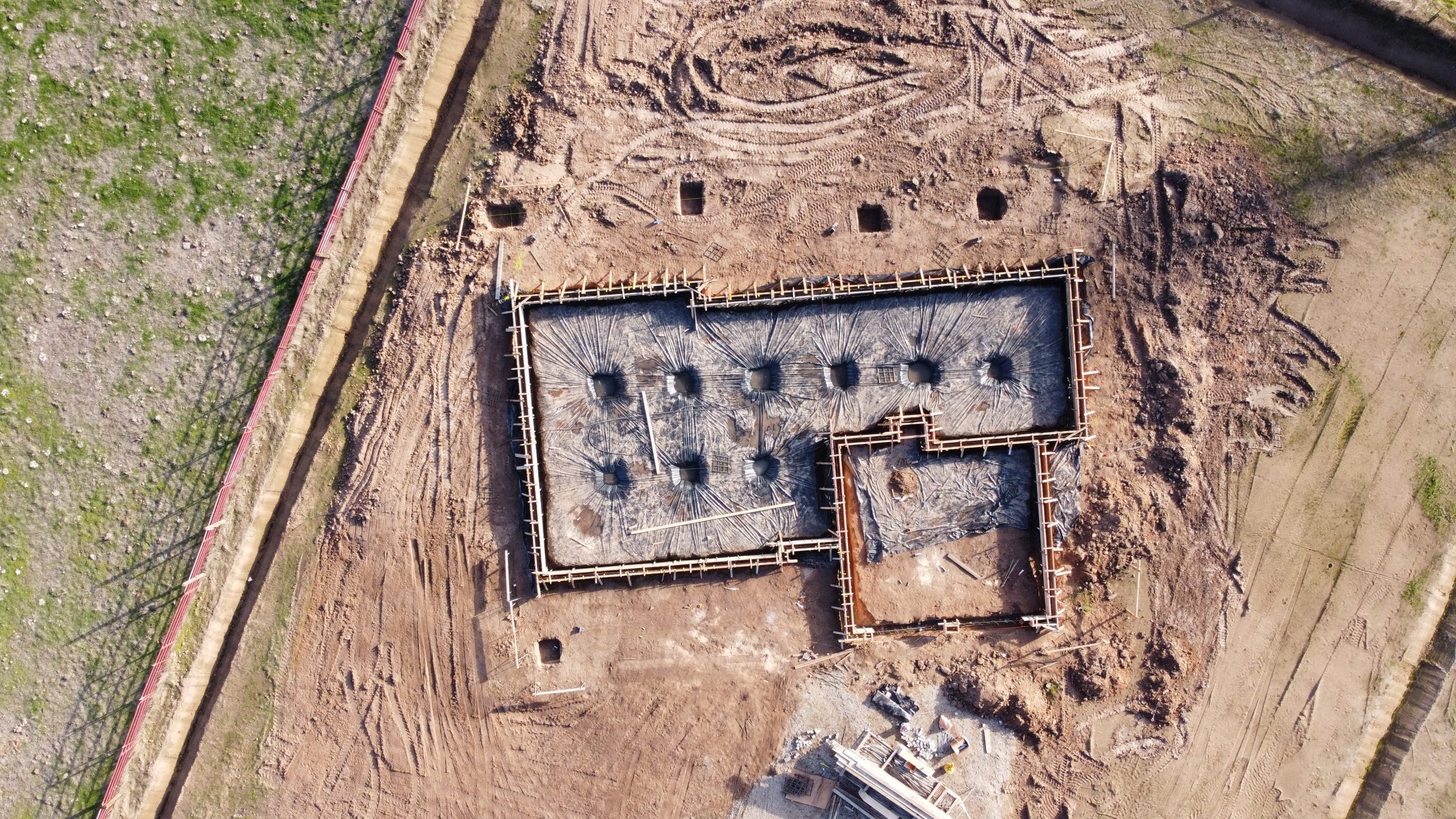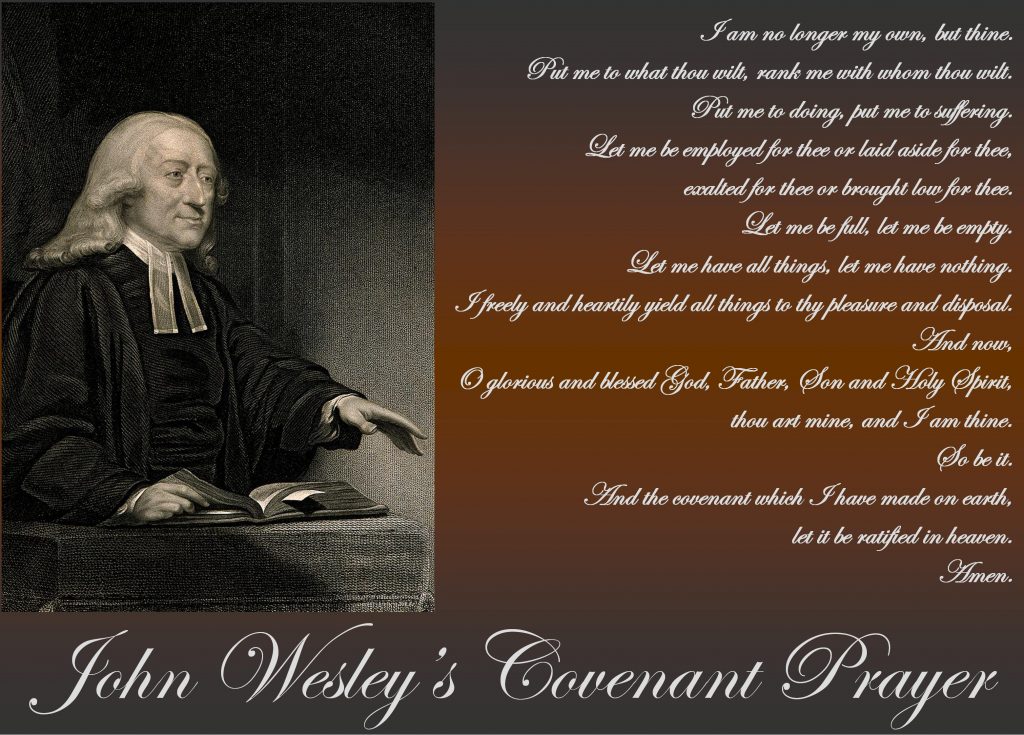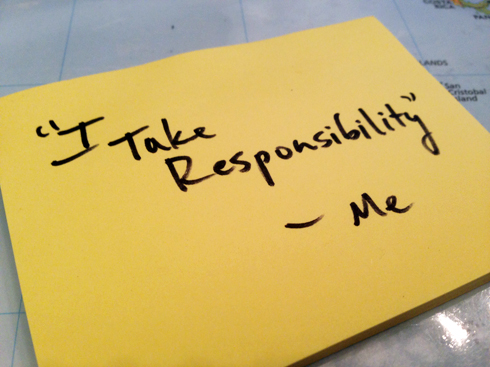The Five Remaining Areas of the “Job List” Building Block
Back in December we started discussing the importance of building your business on a solid foundation and why people in the construction industry avoid doing it. Then we talked about how a reporting process like the “Job List” can be an important building block in a construction business foundation. Last week we looked at how the “Job List” can help us plan for the future.

A business won’t stand long if it’s not built on a solid foundation.
So far, we’ve discussed how…
- Creating and recording project numbers can help you focus your attention on the right kinds of projects.
- Tracking project bid amounts will give you a clear picture of where you are in relationship to meeting your financial goals for the year.
- Tracking dollar amounts of signed proposals will give you the rest of the picture of where you are financially in relation to where you want to be by the end of the year.
- Tracking dollars collected from projects will give you a clear comparison of your signed amounts with your collected amounts.
- Percentage of jobs signed will let you know if your pricing is too high or too low.
- Percentage of dollars signed per dollars bid will let you know how you’re doing in relation to reaching our financial goal for the year.
- Percentage of dollars collected per signed simply lets you know if you’ve collected everything that was bid.
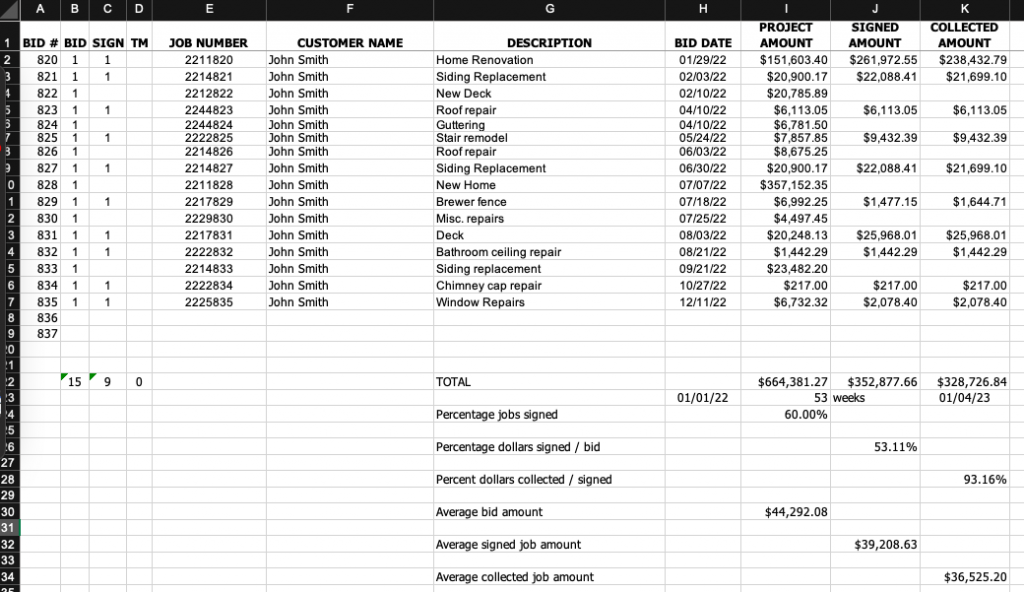
Now let’s look at the final five areas of this document and how they fit into a solid business foundation.
Average dollar amount of projects bid – This number (cell I-30) is just like what it sounds like. It’s the average dollar amount of all the projects you have done proposals for. It can be helpful to know what this information is. It can help you determine if you should make changes to the sizes of proposals that you should be doing.
Average dollar amount of projects signed – This price (cell J-32) lets you see what the average dollar amount of your projects is and how it compares with the proposed amounts. Like the average bid amount, this number let’s you know what size of projects you normally do. You can then make changes to what proposals you focus on.
Average dollar amount of projects collected – Like the percentage of dollars collected, this number (cell K-34) lets you know if you’re increasing or decreasing the dollars you collect after proposals are signed. This can be a critical piece of information about how accurate your proposals are.
These next two areas are instructive when it comes to production planning as it relates to achieving your revenue goals.

Projected timeframe for doing signed projects – This information (cells I-23 and J-23) tell you how long it should take you to do the work of the proposals that you currently have signed. This is determined by dividing what your gross revenue goal for the year is by 52 weeks. Then dividing the current total signed amount (cell J-22) by that weekly revenue target number gives you the number of weeks needed to do that work.
Projected date work should be done – Like the projected timeframe, this information (cell K-23) converts the projected time it should take to do the work of the currently signed proposals to a date. This is achieved by adding the number of weeks (cell I-23) to the starting date (cell H-23). This then gives you a target date on the calendar that the work should be done to stay on task and achieve your dollar goal for the year.
I find these last two pieces of information the most revealing and helpful when it comes to staying on target.
This information can increase the sense of urgency and focus, and this is something that is critical to building a successful construction business.
I hope you’ve found this series on the “Job List” as a foundational building block helpful. If you would like more information about this or other business systems and processes, go to SolutionBuilding.net or reach out us in the comments below.





